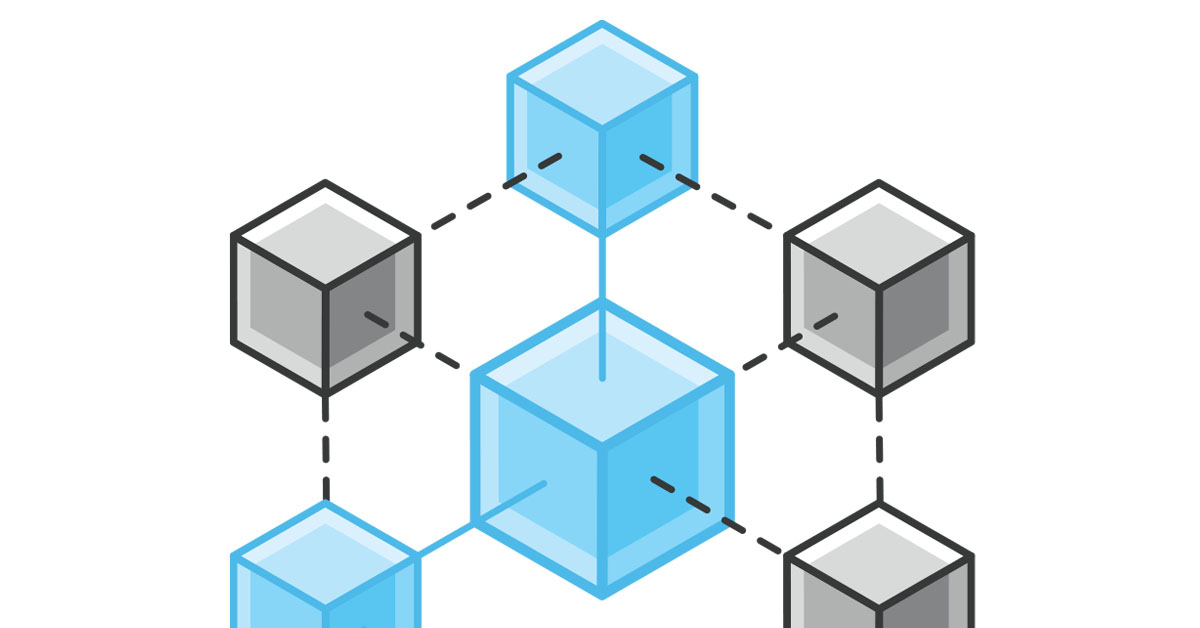Speed is not a word normally associated with the mortgage industry. Today, as lenders and brokers struggle to find new deals, moving loans more quickly through the pipeline might be taking a back seat to marketing and lead-generation efforts.
Still, finding ways to shorten the lending process is a worthwhile endeavor that benefits the borrower, broker and lender. One of these paths is through greater understanding and adoption of blockchain technology, an advanced digital database that can be shared by all stakeholders in a real estate transaction. When Fannie Mae polled hundreds of senior mortgage executives in late 2021, it found that only 25% of respondents were at least “somewhat familiar” with blockchain and 68% had yet to consider using it in their organization.
“Technology is only as good as your ability to fully implement it and embrace it.”
– Devin Caster, principal of product solutions, CoreLogic
“Many mortgage operating models still grapple with elevated costs and long cycle times,” according to a December 2021 report from McKinsey & Co. The consulting firm estimated that the typical processor and underwriter close 10 to 14 loans per month, numbers low enough that the average time for an individual loan to make it from application to close remained at more than 45 days.
These slow-moving processes are costing lenders in multiple ways. Production expenses soared to a record high of $13,171 per loan in first-quarter 2023, according to the Mortgage Bankers Association (MBA). Even after receding to $11,044 per loan by midyear, this figure was still well above the long-term average of $7,236. The McKinsey report, meanwhile, revealed that customer satisfaction scores across the mortgage industry are up to 40% lower compared to “best-in class industries” and up to 30% lower when comparing banks to fintech-enabled lenders.
The Mortgage Industry Standards Maintenance Organization (MISMO), an MBA subsidiary, released a white paper this past June that discusses the potential uses and benefits of blockchain technology. Along with increasing transparency and trust in loan servicing and securitization efforts, the group outlined ways to make the origination process more efficient.
MISMO estimates that blockchain’s ability to serve as a “single source of truth” could reduce closing times by at least 30% and cut costs by at least 25%. The technology is designed to reduce the time spent validating information in a loan origination system, since data such as credit scores, collateral values and underwriting requirements reside on a secure and immutable chain.
Devin Caster, a former underwriter who now serves as principal of product solutions at CoreLogic, says that he used to be able to churn through 10 to 12 loan files each day. These numbers began to decline after the passage of the Dodd-Frank Act in 2010 and were further hampered after integrated disclosure rules were enacted in 2015. But Caster, a co-chair of MISMO’s blockchain community of practice, thinks that loan processing timelines should be faster despite today’s regulatory hurdles.
“To me, human nature should dictate that somewhere along the line, you keep repeating patterns over and over again, you start getting better and faster at them,” he says. “And it’s just not happening in that particular space.”
Shawn Jobe, vice president and head of business development at Informative Research, also co-chairs the MISMO blockchain community. The group’s current “exploration phase,” he says, is designed to identify ways for blockchain to solve real-world mortgage banking challenges. MISMO plans to eventually leverage its own work products (including a data standard, a business process model and advanced programming interface tools) to study connections between various blockchain systems.
“We are still an industry that is heavily dependent on that philosophy of, ‘You’ve got to check the checkers,’” Jobe says. “The technologies and the capabilities that come within blockchain directly meet that need.”
Caster believes that efforts to integrate blockchain, like other types of technology, are likely to be bumpy and slow-moving. He says that tools such as digital asset verification, employment verification and income calculators have faced opposition from originators and underwriters.
“If they don’t trust it, they’re not going to rely on it,” Caster says. “With blockchain, if you’re able to bring in a lot of smart-contract type of automation, but they’re unable to change the processes and put trust in the processes, then they’re not going to gain the efficiencies. Technology is only as good as your ability to fully implement it and embrace it.”
Although blockchain has yet to earn widespread adoption in the industry, there are some prime examples of successful integrations. Figure Technologies has utilized blockchain to originate more than $6 billion in home equity lines of credit and recently began partnering with four major independent mortgage banks on proprietary HELOC products with a 100% digital application process. Last year, Redwood Trust subsidiary CoreVest securitized $313 million in single-family rental loans, with blockchain provider Liquid Mortgage providing the ability to track daily loan-level payment activity.
Jobe cautions that the technology has limitations. For example, he’s unaware of anyone using it to directly reduce the time to close, although that’s likely to change eventually. And blockchain can’t force consumers to engage, which can negatively impact closing times even if a mortgage company is 100% digital. “There’s just a multitude of factors that are going to potentially influence that,” Jobe says. “Blockchain is not a magic wand. It’s not the silver bullet. It’s going to help with very specific pieces.” ●






